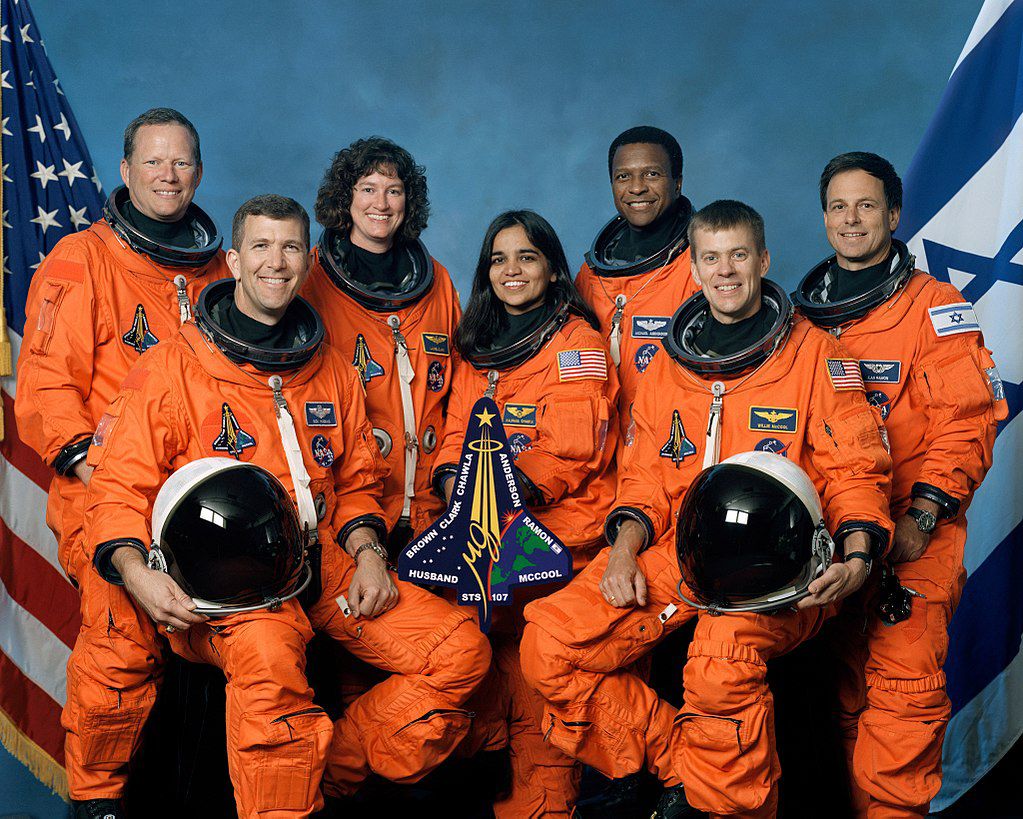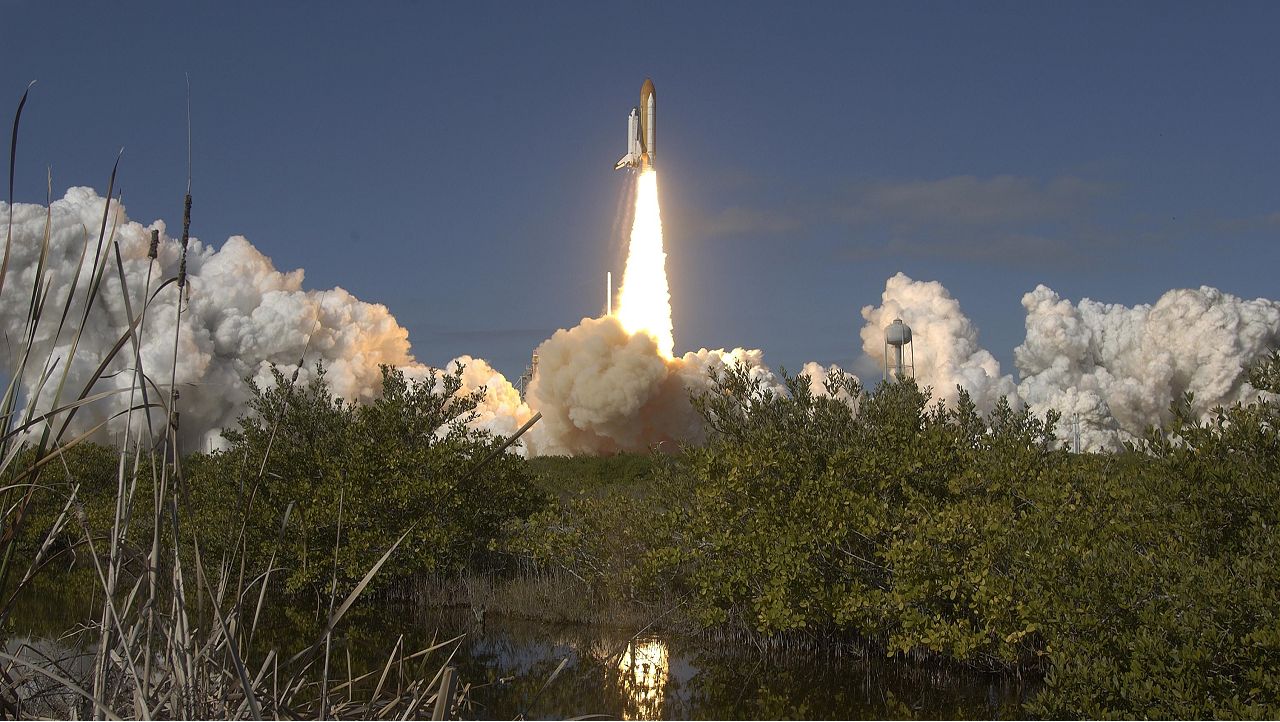It has now been 18 years since the loss of Space Shuttle Columbia. The orbiter vehicle broke upon re-entry into the earth's atmosphere as it was completing its 28th mission.
Columbia was the second NASA space shuttle disaster. Space Shuttle Challenger exploded just after take off on January 28, 1986.
The Challenger disaster has been linked to unusually cold temperatures in the days leading up to take off. The Columbia disaster was not weather-related.
However, weather technology was used to track debris from the shuttle as it disintegrated in the sky over East Texas and western Louisiana on the morning of February 1, 2003.
I was a meteorologist working in the Lufkin and Nacogdoches area of Texas at the time. After working the late evening newscasts the night before, I was sleeping in that Saturday morning when my NOAA weather radio sounded an alarm.
Confused at first of why my weather radio would sound an alert on a clear morning, I quickly realized this was not a weather alert. The Emergency Alert System has been activated with a civil emergency message instructing residents of the area not to touch space shuttle debris.
National Weather Service Doppler radar in nearby Shreveport, Louisiana captured the path of Columbia as it broke up over the region.
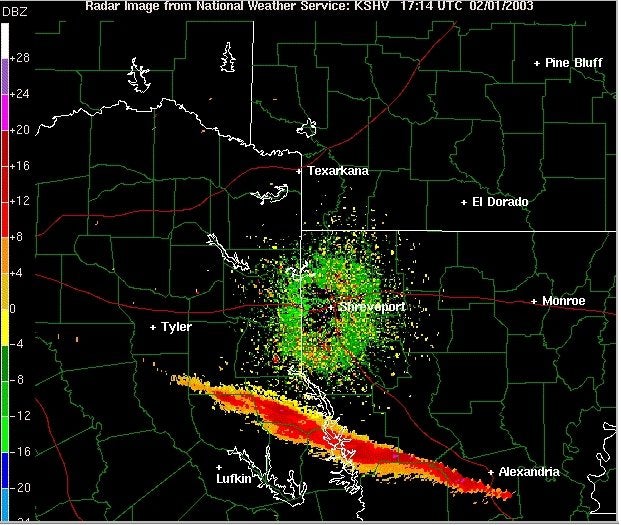
Debris was found scattered along a path from southeast of Dallas and south of Tyler to parts of western Louisiana.
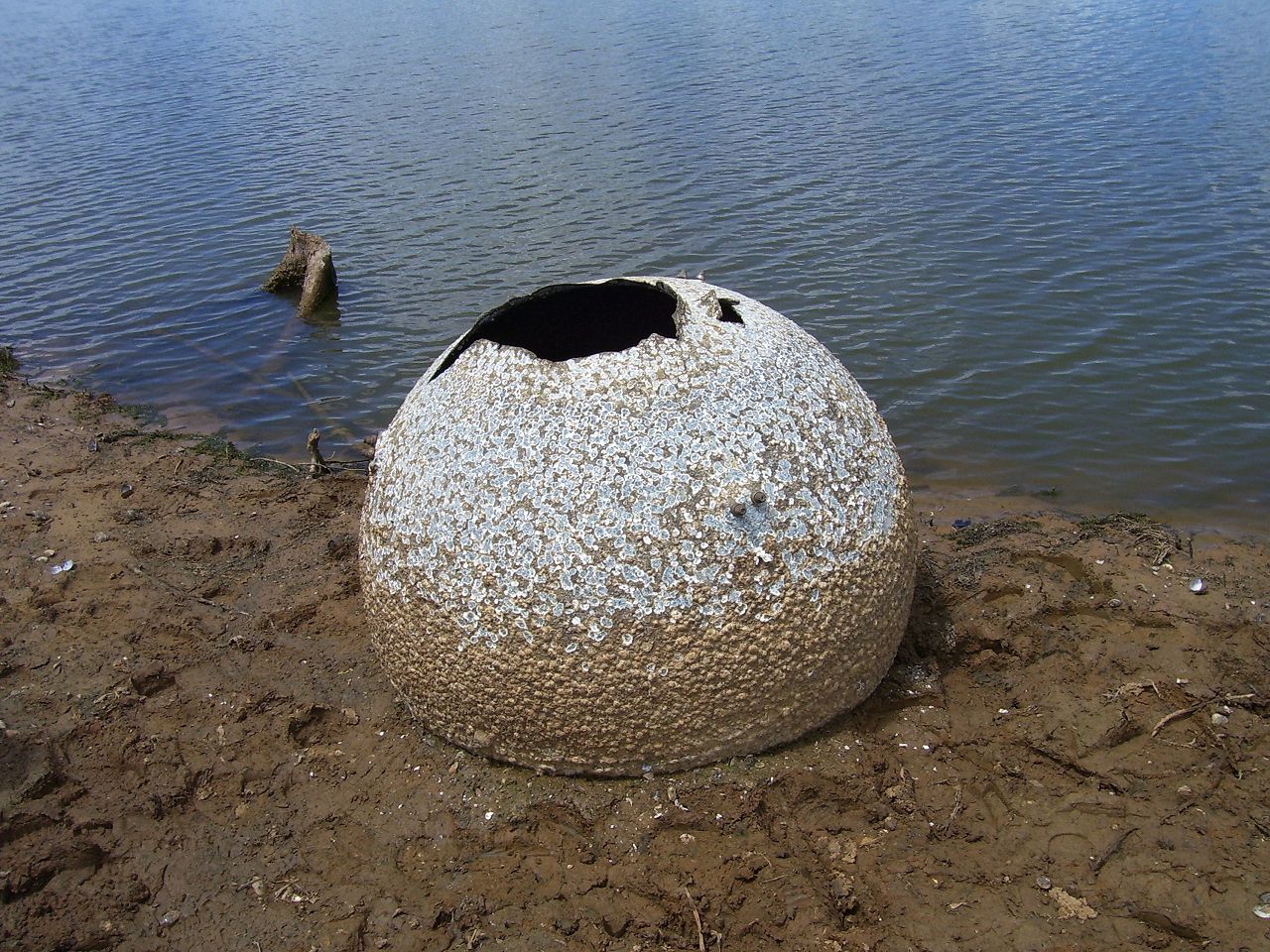
The path detected by radar was used by emergency management and NASA officials to recover as much of Columbia as possible.
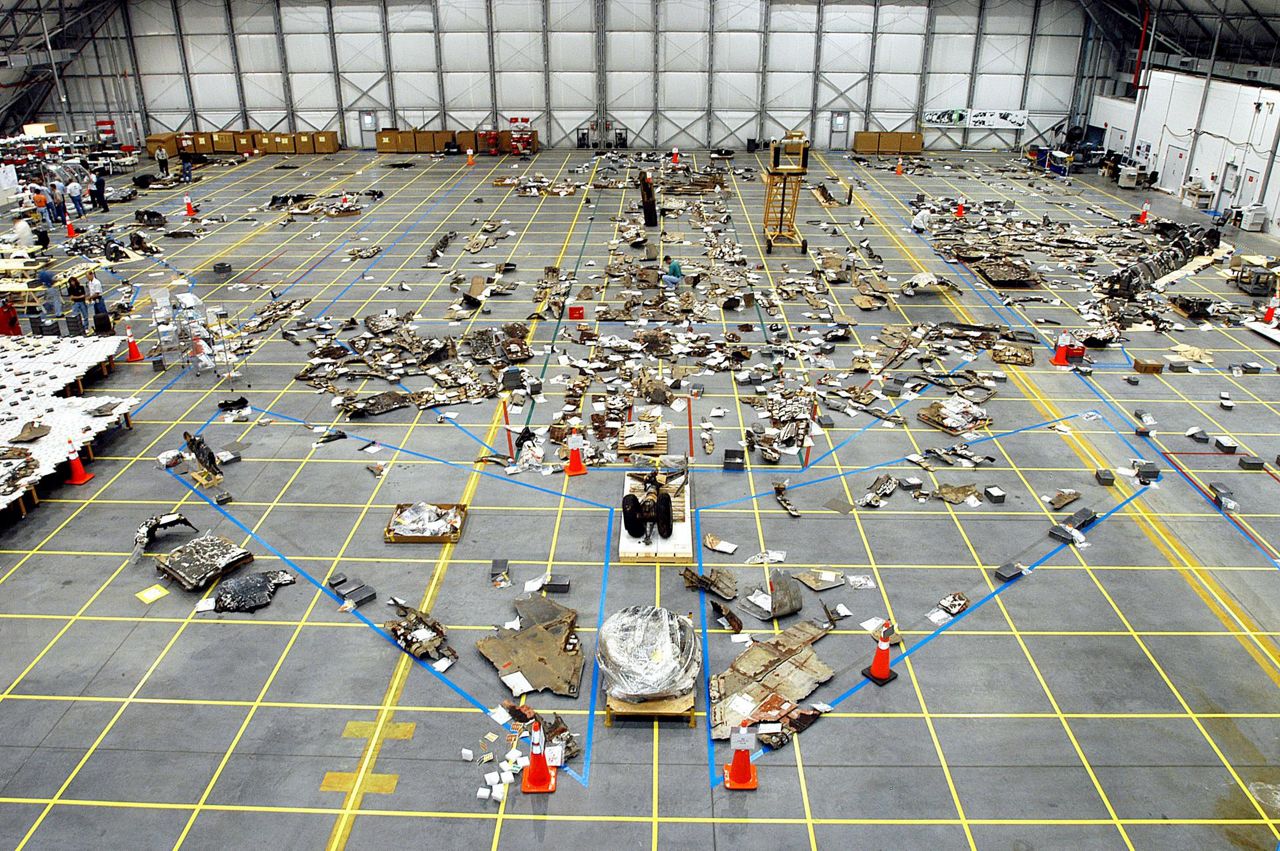
Using evidence from that debris and video from takeoff, NASA determined a piece of foam struck the shuttle on take off, puncturing the end of a wing. The intense heat of the shuttle re-entering the earth's atmosphere caused gases to enter the hole in the wing.
Seven astronauts were killed when Columbia broke up: Colonel Rick Husband, Commander William McCool, Lt. Colonel Michael Anderson, Captain David Brown, Commander Laurel Clark, Dr. Kalpana Chawla, and Israeli Colonel Ilan Ramon.
